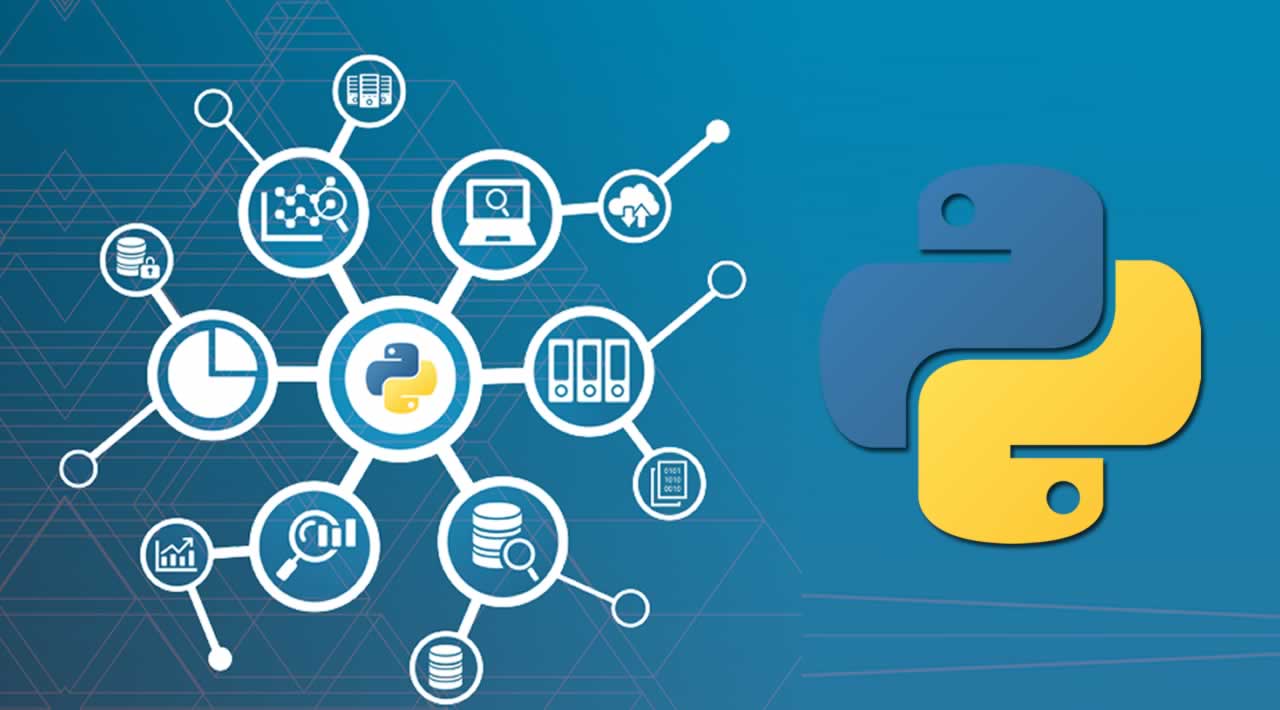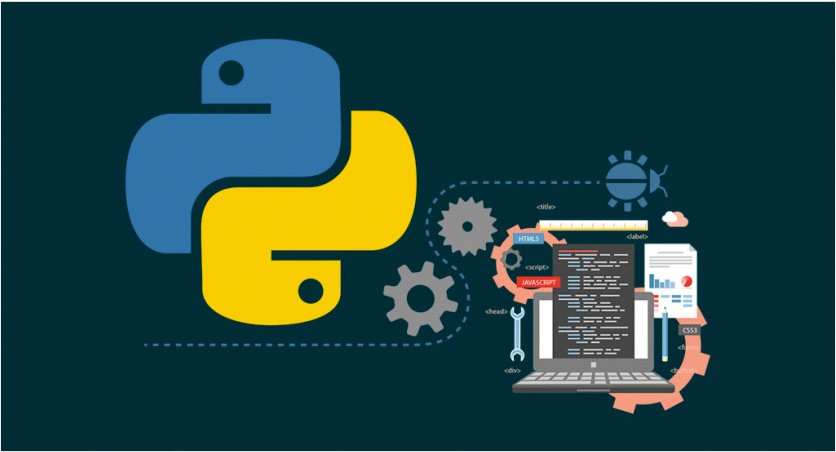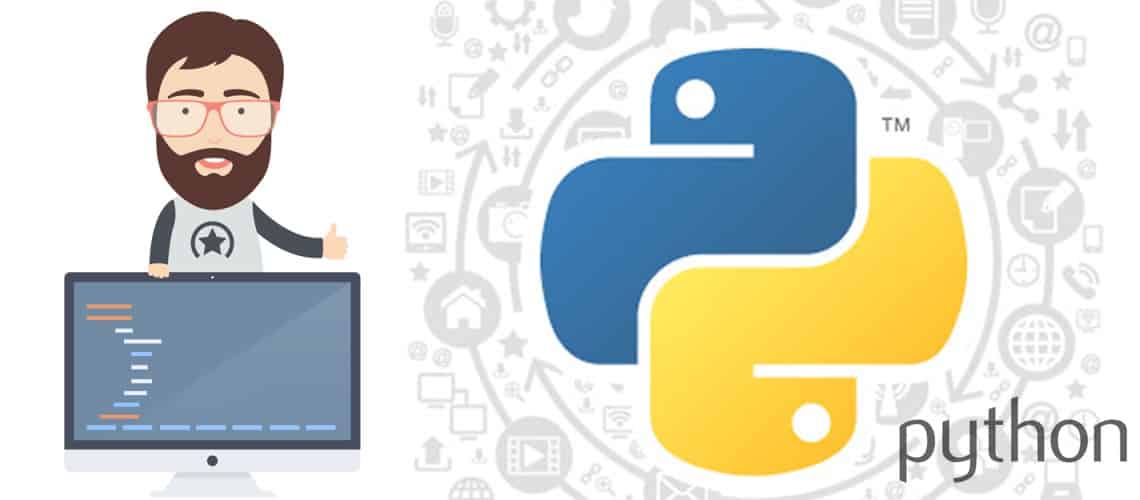"Welcome to our Python Roadmap! This guide is designed to help you navigate the many features and capabilities of the Pythonprogramming language. We'll start with the basics, including data types, variables and then move on to more advanced topics such as object-oriented programming. Whether you're a beginner or an experienced developer looking to brush up on your skills, this roadmap has something for you. Let's get started on your Python journey today!"
Python, developed by Guido van Rossum, Python is a powerful and versatile programming language that is widely used in a variety of fields, including web development, data analysis, artificial intelligence, and more. If you're new to programming and want to learn Python, this guide is for you. We'll cover the basics of the Python language, as well as provide a roadmap for becoming a proficient Python programmer.
1. Learn the basics of programming
Before diving into Python, it's important to have a basic understanding of programming concepts such as variables, data types, loops, and control structures. These concepts are fundamental to any programming language and will help you understand the syntax and structure of Python code.
2. Install Python and set up your development environment
To start writing Python code, you'll need to have Python installed on your computer. You can download the latest version from the official Python website. You will also need a text editor or an integrated development environment (IDE) to write and edit your code.
3. Learn Python's syntax and basic data types
Once you have Python installed, you can start learning the basics of the language. Python's syntax is simple and easy to learn, making it a great choice for beginners. You'll want to start with basic data types such as strings, integers, and floats, as well as learning how to use variables and perform basic arithmetic operations.

4. Understand control flow and loops
Control flow and loops are an important part of programming, and they're also present in Python. You'll learn how to use if-else statements, while loops, and for loops to control the flow of your program and perform repetitive tasks.
5. Discover Python's built-in libraries and modules
Python comes with a wide range of built-in libraries and modules that provide additional functionality. These libraries include the math module, which provides mathematical functions and constants; the random module, which generates random numbers; and the datetime module, which provides date and time functionality.
6. Practice, practice, practice

As with any skill, the key to mastering Python is practice. The more you write and experiment with code, the more comfortable you'll become with the language. Consider working on small projects, such as building a calculator or a simple game, to put your new skills to the test.
7. Learn about Object Oriented Programming
Python supports Object Oriented Programming. You can learn about classes, objects, inheritance, polymorphism, and other key OOP concepts. You can also learn about the various built-in classes and functions that Python provides.
8. Dive deeper into web development and data science
Python is widely used for web development and data science. You can learn about frameworks such as Django and Flask for web development and libraries such as NumPy, pandas, and matplotlib for data analysis and visualization.
As you can see, there's a lot to learn when it comes to Python. But by following this roadmap, you'll be well on your way to mastering the language. Remember to practice and experiment with code, and don't be afraid to seek out additional resources and tutorials as you go. Happy coding!

